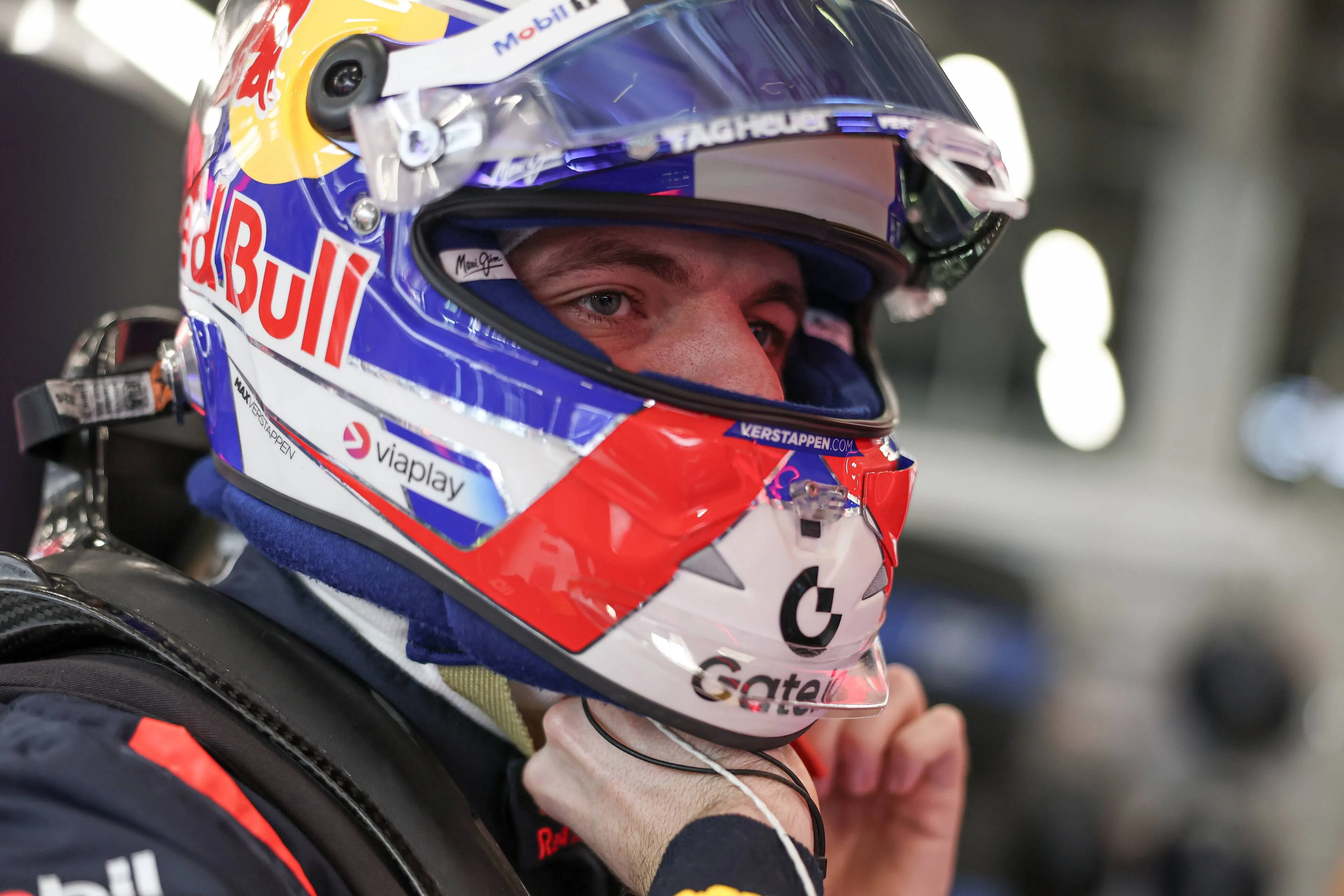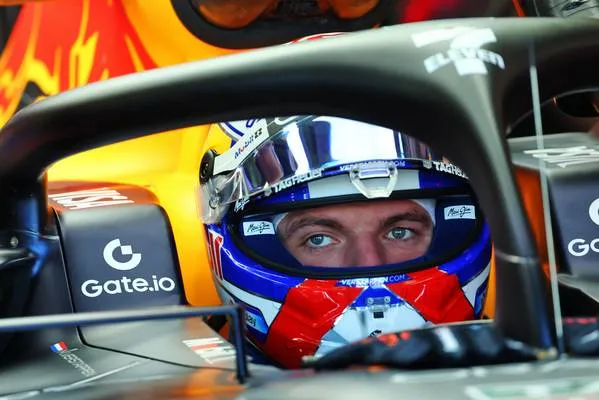As we all know, F1 as a sport has had its sights set on the United States for several years. However, recent trends have emerged to display that interest from the Asia-Pacific region has not only established new audiences but also created returning viewers. We take a look deeper as to how this has actually happened and why this is monumental for F1 as a whole.
The drivers
The drivers in F1 are undoubtedly the largest focal points in the sport. These young athletes train and race to represent their team and nation on the global stage while battling out for silverware and championship success. This brings about a positive externality, with fans of respective nations willing to back their driver through success and failure in this sport. While the United States has lacked their own prizefighter in the ring, the Asia-Pacific has seen aplenty. Currently, four drivers wave four different flags from this region: Zhou Guanyu from China, Alex Albon from Thailand, Yuki Tsunoda from Japan and Daniel Ricciardo from Australia.
Naturally, this extends to other entities in the paddock as well. A significant number of fans from Japan followed Honda’s customer teams McLaren, AlphaTauri & Red Bull, to help support the Sakura-based engine supplier and their successes. By having these figures represent their countries, fans from their respective nations are able to extend their support and actively follow “their driver’s” success through the sport. F1 gets to enjoy the benefits, with TV rights, sponsorship deals, merchandise sales etc. all coming through from the strong support.
Netflix's influence
The growth of the middle and upper-middle class in these regions has placed greater demand on entertainment, even more so on American exported entertainment. As a result, Netflix has been able to grow its user base, therefore expanding the viewership numbers in this region. Many new fans have been able to be brought on through the docuseries: “Formula 1: Drive to Survive”. With this, fans from around the world are not only able to deepen their understanding of the sport itself and the drama surrounding the inner workings, but also further their knowledge of the driver’s interests, passions and general nature. By doing this, it establishes a fond connection between the fans and the drivers, as they watch their progression and thought processes through the seasons.
These results and F1's future
Record-breaking attendance figures were seen at the Australian Grand Prix, with 420,000 fans present throughout the weekend, which sets a new record as the most attended weekend sporting event in Melbourne’s history. As F1 has spent a total of three years away from the nation, as well as the city itself is heralded as “the sporting capital of the world”, it remains an incredible feat for the fans as well as the motorsport spectacle in general.
As many know, F1’s effort to grow the racing spectacle in the United States is quite an extreme effort, with three Grand Prix (Austin, Miami and Las Vegas) and the very inception of Netflix being designed to cater to and lure in the American market. However, we can see that F1 has been capable of holding in their loyal fans within the Asia-Pacific, a promising sign for the future of the sport.
Read more about:
Popular on GPBlog

1
'People can see how good Max Verstappen is now', says former F1 driver
1207 times read

2
Former Red Bull Driver predicts early departure of Hamilton from Ferrari
1143 times read

3
'Newey designs, Verstappen drives, and Alonso sporting director, hell of a team'
313 times read

4
Antonelli would party with Alonso, Russell and Verstappen: 'They know what they are doing'
270 times read












